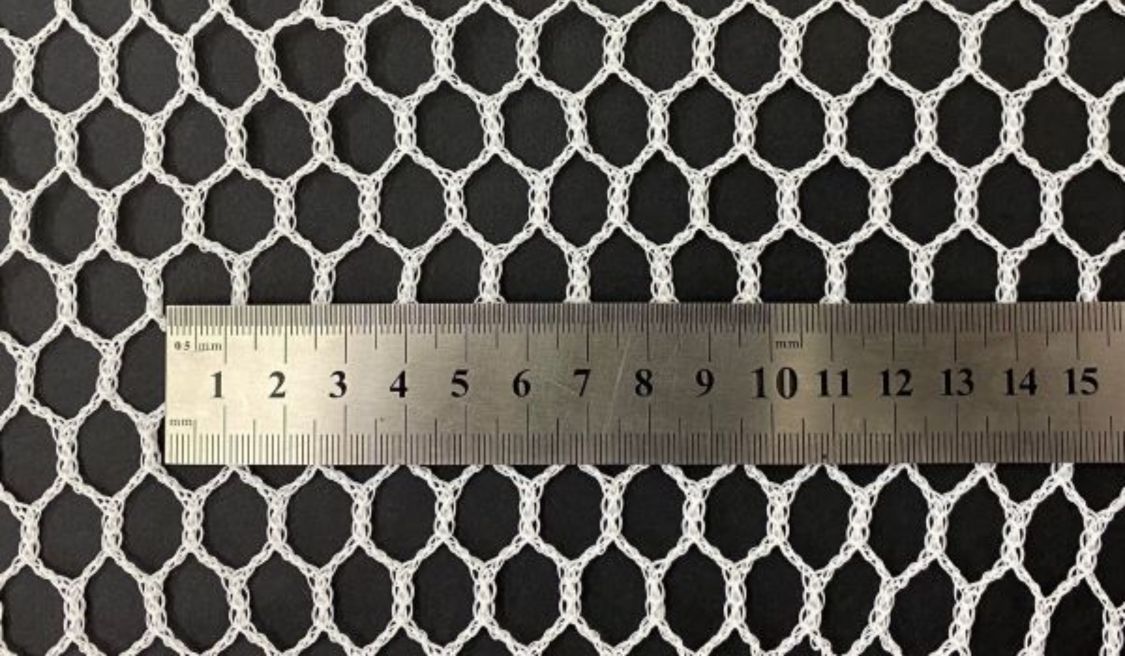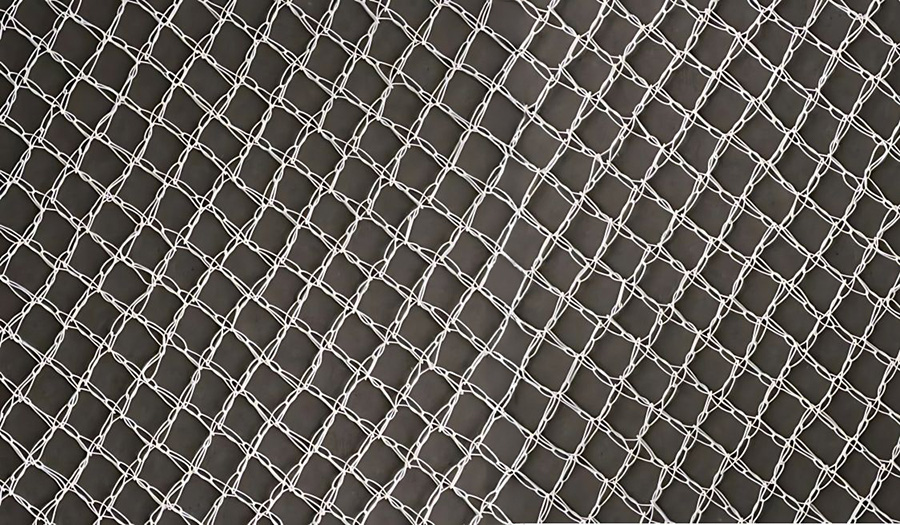Is Anti Bird Netting Legal in Australia? A State-by-State Guide
Anti-bird netting is a popular and effective method used by gardeners and farmers to protect crops, and trees from being damaged by birds.
However, the use of bird netting is subject to regulations in Australia to ensure it does not pose a threat to wildlife, particularly to birds and other animals that may become entangled in the netting.

Bird netting offers great benefits but it is highly recommended to read local state rules before buying bird netting in Australia.

In this blog, we will explore the legalities of using anti-bird netting across different states in Australia, and what you need to consider to stay compliant with the law.
Victoria
Victoria has some of the most stringent regulations regarding the use of bird netting. Since September 1, 2021, the state has enforced new laws that require all netting used to protect household fruiting trees, vegetable gardens, or plants to have an aperture (mesh size) of 5mm x 5mm or less at full stretch. This regulation aims to reduce the risk of wildlife, particularly birds and bats, becoming trapped in the netting.
Violating these regulations can result in fines. Therefore, when purchasing bird netting for use in Victoria, it is essential to ensure that the product meets these legal standards. Opting for wildlife-friendly netting is not just a legal requirement but also a responsible choice to protect local wildlife.

ACT
ACT is another state with tough regulations.
The ACT Government banned non-wildlife friendly animal netting through the Nature Conservation Amendment Act 2023. To ensure the safety of native wildlife visiting your garden, netting should have a mesh size of 5mm x 5mm or smaller. Fines may be issued to residents and businesses who do not follow these laws.
New South Wales
In New South Wales (NSW), while there are no specific state-wide regulations governing the use of bird netting in residential gardens, it is recommended that netting be wildlife-friendly. Like in Victoria, netting with smaller apertures is preferred to prevent the entanglement of birds, bats, and other animals.
The NSW government encourages gardeners and farmers to use netting that is visible to animals and has an appropriate mesh size. If you’re planning to install bird netting, it’s advisable to choose products that are compliant with general wildlife protection guidelines, even if there are no specific laws in place.
Queensland
Queensland does not have specific laws regarding the mesh size of bird netting, but the state does promote the use of wildlife-friendly netting. In some regions, particularly those where flying foxes are present, it is highly recommended to use netting with a small mesh size to prevent these animals from becoming entangled.
The Queensland government provides guidelines on the best practices for using bird netting, emphasising the importance of preventing harm to native wildlife. Ensuring your netting is properly secured and not left to drape loosely over plants can help minimise the risk to animals.
Western Australia
Western Australia has no specific laws regarding the use of bird netting, but as in other states, there is a strong recommendation to use netting that minimises the risk of wildlife entanglement. The state government advises that gardeners and commercial growers use netting with small mesh sizes and that it is installed correctly to avoid unnecessary harm to birds and other animals.
Wildlife organisations in WA often campaign for the use of netting that is both effective in protecting crops and safe for the environment. Gardeners are encouraged to stay informed about best practices and consider the impact of their netting choices on local ecosystems.
South Australia
South Australia follows similar guidelines to other states, where the use of wildlife-friendly netting is recommended. While there are no specific state-enforced laws dictating the mesh size, using netting with smaller apertures is considered best practice to protect local wildlife from harm.
If you are a gardener in South Australia, it’s advisable to use netting that adheres to the guidelines followed in other states like Victoria, especially if you want to ensure that your garden is safe for native species.
Tasmania
In Tasmania, there are no strict regulations governing the use of bird netting in domestic gardens. However, as with other states, it is recommended to use netting that minimises harm to wildlife. The state’s unique environment, home to many endemic species, makes it especially important for gardeners to be mindful of the netting they use.
Choosing a wildlife-friendly netting solution, such as one with small apertures, can help protect Tasmania’s rich biodiversity while still effectively safeguarding your crops.
Northern Territory
The Northern Territory does not have specific legislation on bird netting, but general wildlife protection principles apply. As with other states, using netting with a smaller mesh size is encouraged to prevent the entanglement of birds and other animals, particularly in areas where wildlife is abundant.
Gardeners in the Northern Territory should consider the impact of their netting on the local fauna and opt for products that align with wildlife-friendly practices.
Know the law before choosing the right bird netting, visit bird netting faqs page if you still have more questions about bird netting.